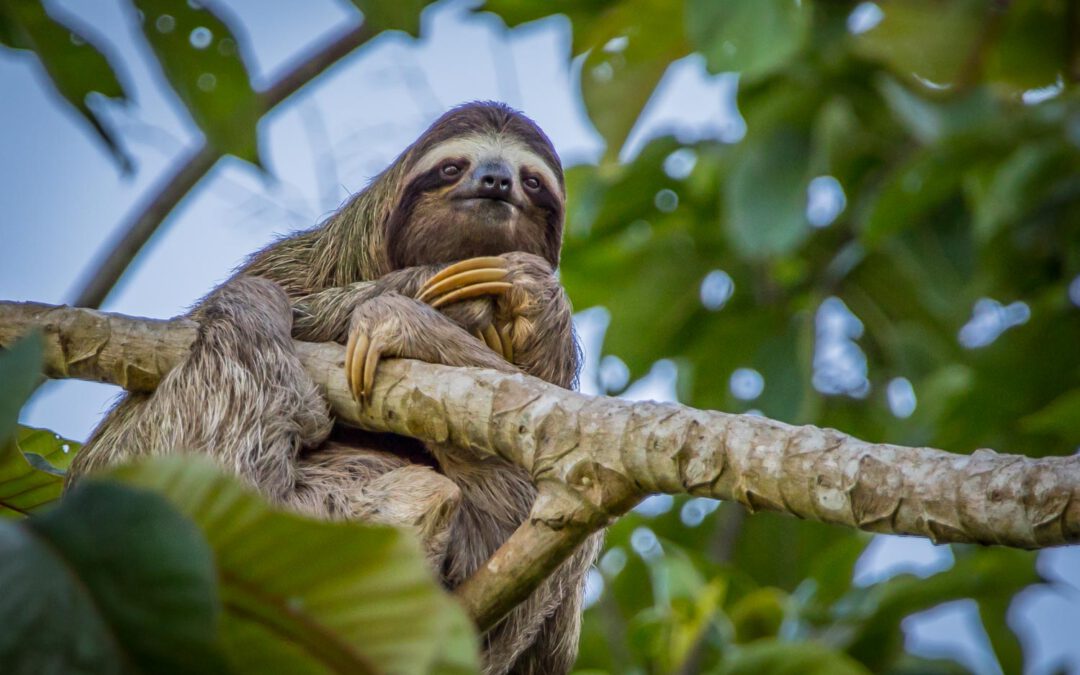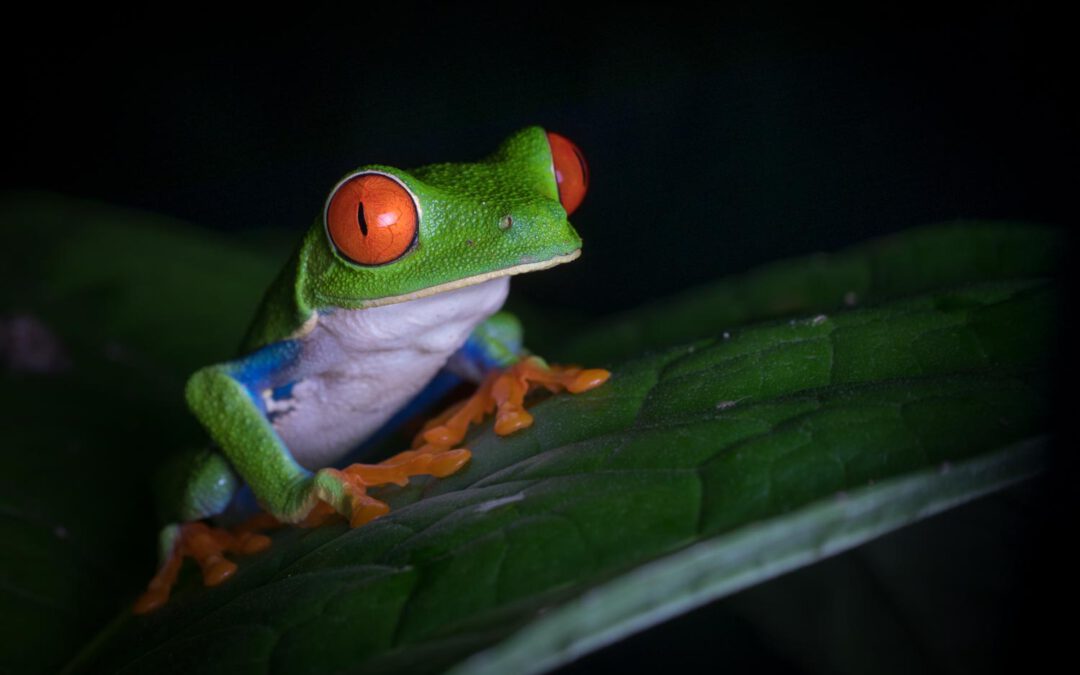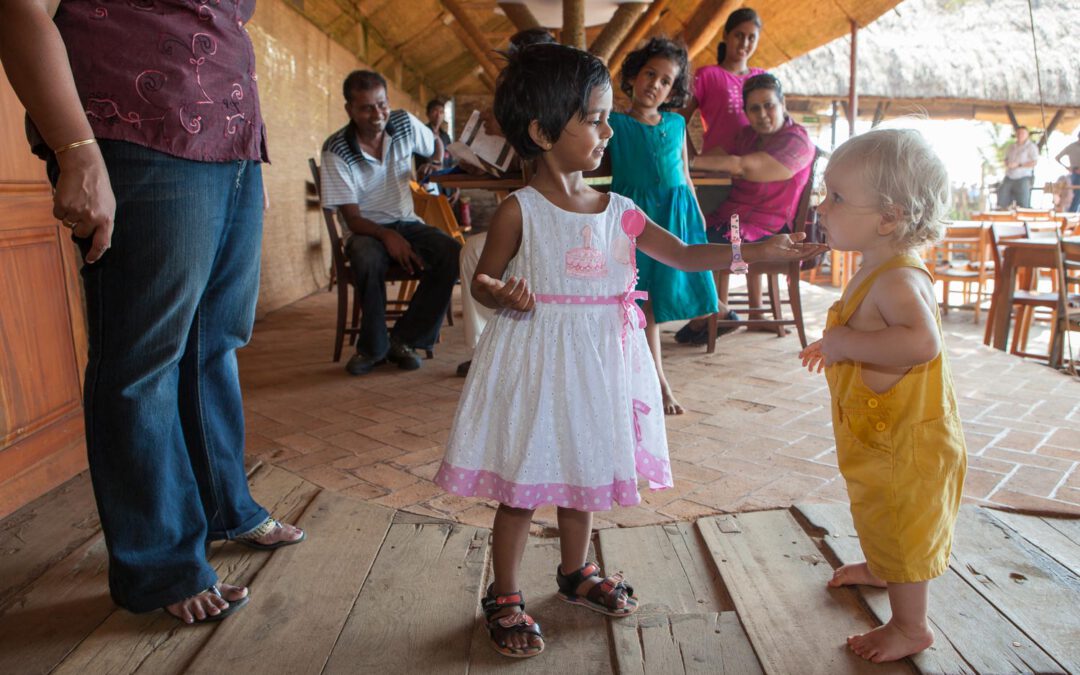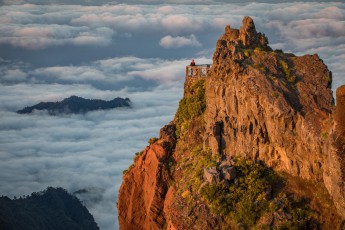
Illuminated by the last sunlight of the day: a spectacular viewpoint on the Vereda do Arieiro hiking route.
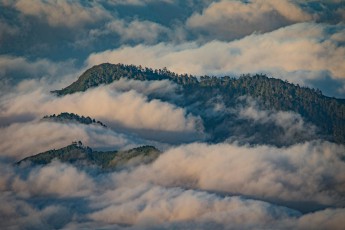
View of the northeast coast from the Vereda do Arieiro hiking route.
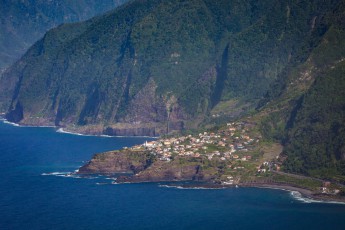
View on Seixal
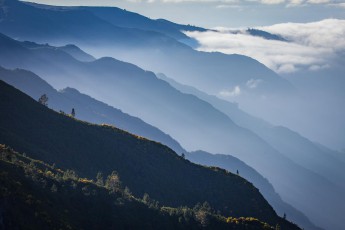
Again and again, the barren highlands offer fantastic views over the tiered landscape.
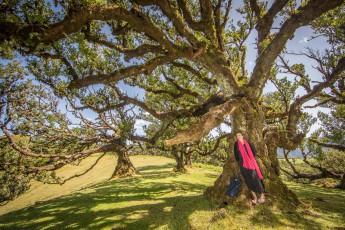
Fanal: The til is the largest tree in the laurel forest, reaching up to 40 meters in height. Here it has enough space to form mighty branches and canopies.
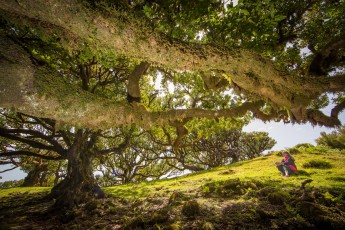
Fanal: the long branches of a til want to catch as much moisture as possible from the cool air.
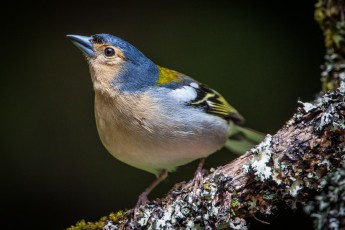
Chaffinches pick up leftover bread crumbs at many lay-bys.
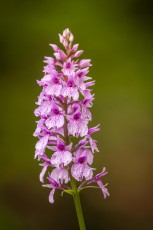
Many orchids are perennial plants that feed on water and nutrients from their hosts.
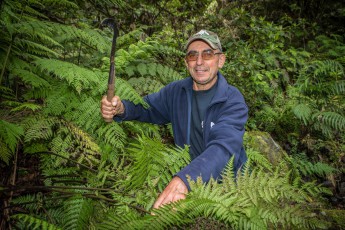
Jose Spinola, 54, has worked for more than 10 years as a levadiero, a kind of janitor for the water channels.
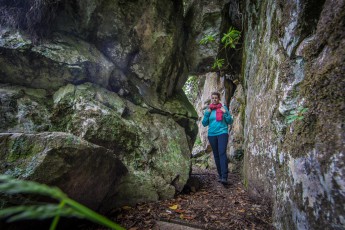
Again and again the hiking trails along the levadas are spanned with rock arches.
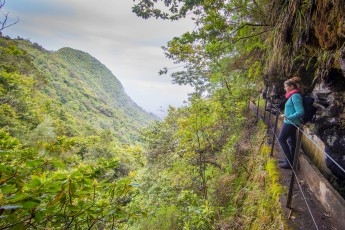
One of the few places that allow an unobstructed view of the enchanting laurel forest.
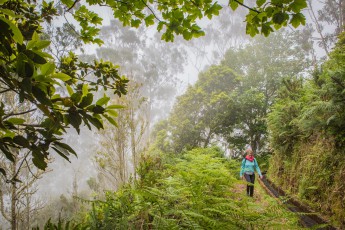
A typical levada hike: foggy, cloudy, little visited
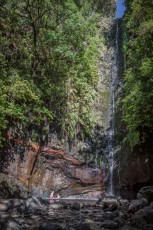
The famous 25-waterfall hike has up to 700 visitors a day, with very few taking a dip.
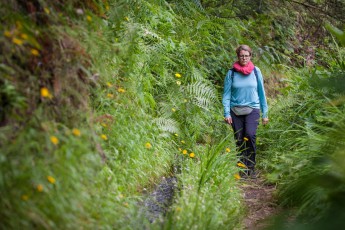
A typical levada hike: dense vegetation, narrow path, hardly visited.
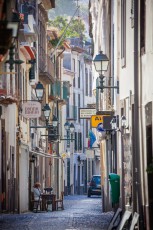
Funchal, early in the morning, a sidewalk cafe is open.
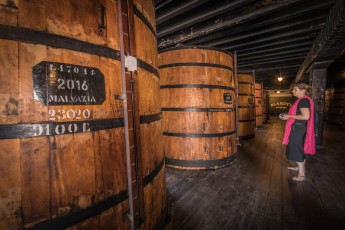
In the barrels of Blandy's distillery matures delicious Madeira liqueur.
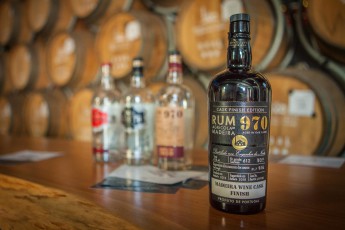
Some Madeira wines can still be perfectly enjoyed after 150 years. It is said that the older the Madeira, the softer, woodier, spicier, nuttier and more vanilla its bouquet.
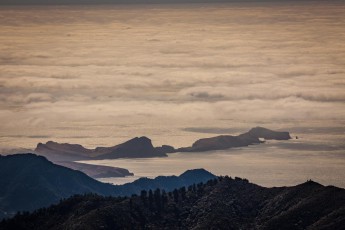
The headland of São Lourenço, the easternmost part of Madeira.
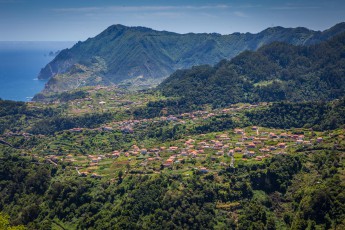
View below the Miradouro do Curtado in the northeast of the island.
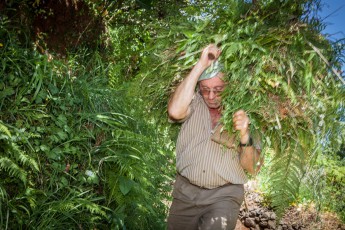
A Madeiran man carries home cut grass, a treat for cows, goats and sheep.
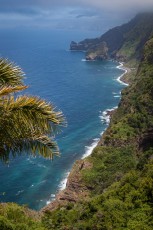
View from Hotel Quinta do Furão on rugged coastal landscape.
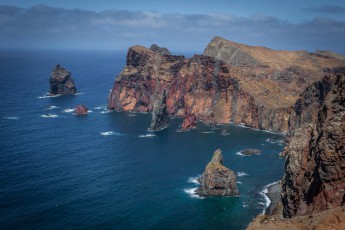
At Ponta de São Lourenço: view of rugged sea cliffs.
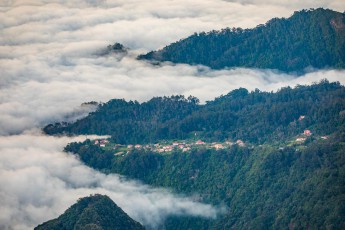
View from the Vereda do Arieiro hiking route to a coastal settlement in the northeast.
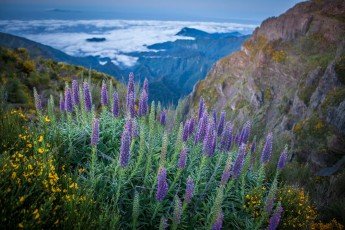
The floral emblem of the island, the blue giant adder head, also called 'pride of Madeira'.
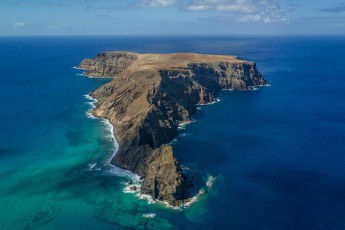
Porto Santo: The uninhabited neighboring island Ilhéu da Cal.
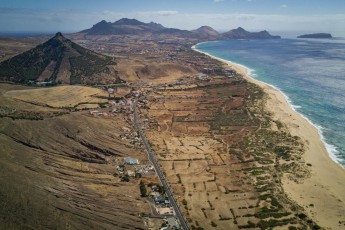
Porto Santo: View over the island near the viewpoint Pico do Facho.
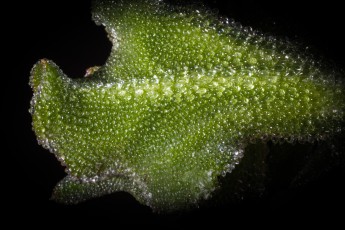
Porto Santo: Close-up of the survivalist called ice plant. How this succulent manages to conjure up water from its desert-like surroundings is beyond me.
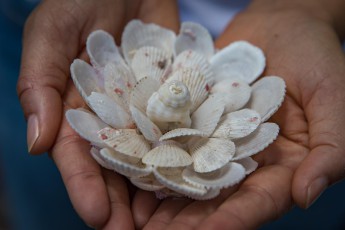
Porto Santo: A work by the artist Vera Menezes in her own hands.
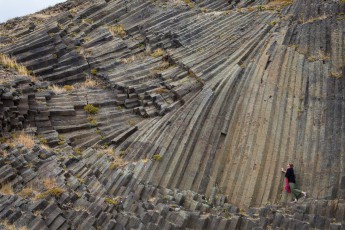
Porto Santo: Annette marvels at the basalt formation on the southern slope of Pico de Ana Ferreira.
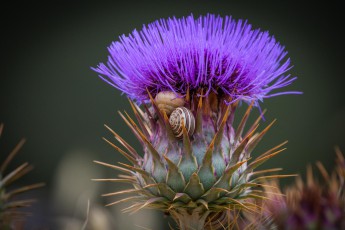
Two of Porto Santo's landmarks: Milk thistle and Caracois snails.
